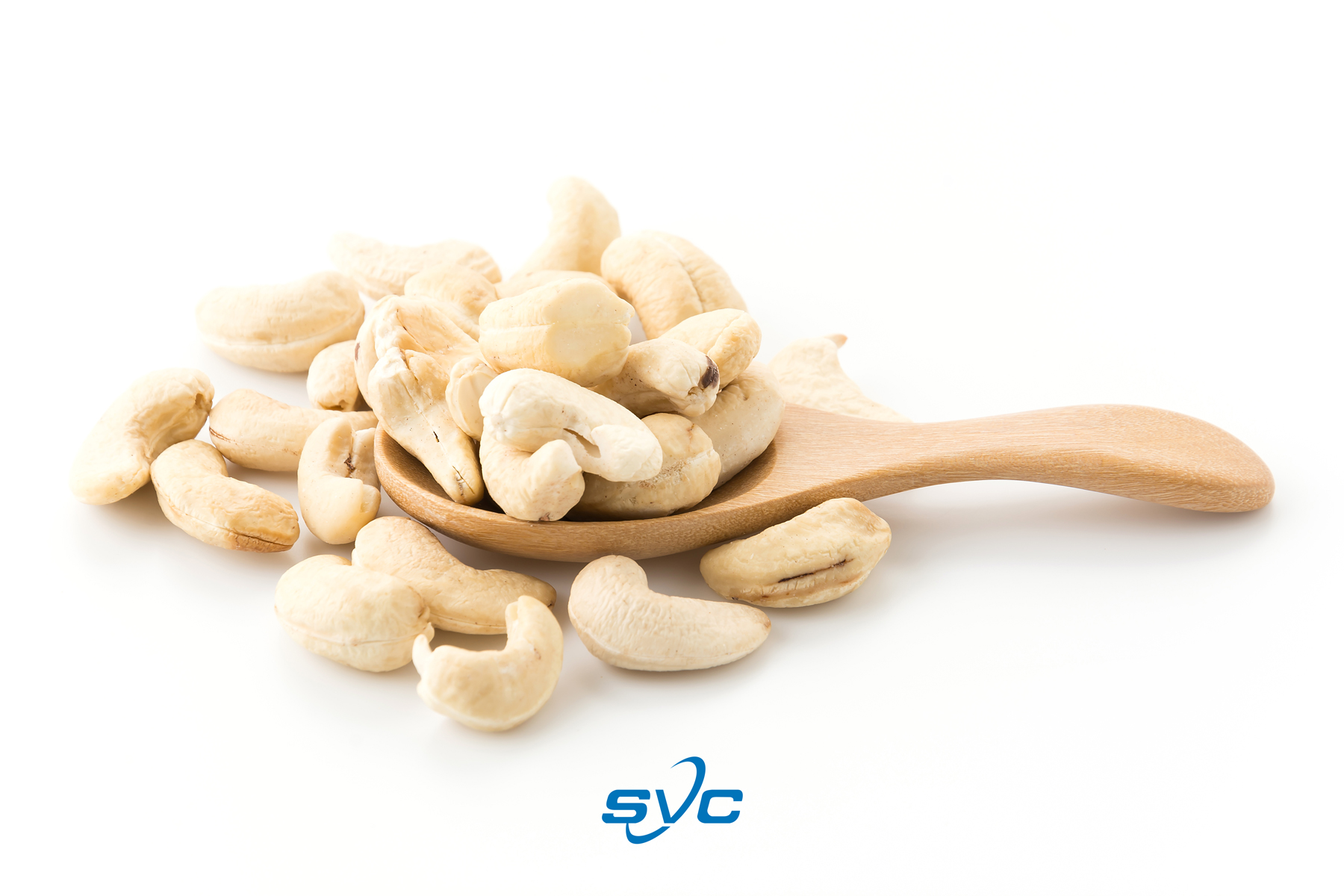This article is based on insights gathered during the ACA Cashew iForums webinar discussion held on October 2, 2024
The global cashew market is entering a crucial period, with demand peaking across key regions like Europe, the United States, India, and China. Major global festivals such as Diwali, Thanksgiving, Christmas, and the Chinese New Year have contributed to a surge in consumption, creating both opportunities and challenges for market participants. While demand remains strong, price volatility, supply chain disruptions, and economic uncertainties continue to influence the market dynamics.
Strong Demand Across Key Markets
The final quarter of the year represents a peak period for cashew consumption, driven by the festive season in major cashew-consuming regions. Europe, which accounts for 18% of global demand, and the United States (17%), have seen increased forward buying, with imports peaking mid-year. Demand remains resilient despite mixed economic conditions in Europe and cautious consumer sentiment in the U.S.
India is experiencing a major demand surge ahead of Diwali, while China’s preparations for the Chinese New Year in January 2025 are driving increased imports. These surges reflect broader consumer trends favoring snacks and health-conscious products, indicating continued strong demand for cashews. However, underlying challenges are becoming more evident.
Price Volatility and Supply Chain Strain
The cashew market faces significant price volatility, particularly in raw cashew nut (RCN) prices, which have reached levels not seen since January 2020. The price disparity between RCN and processed kernels is causing challenges for processors, especially in price-sensitive markets like India, China, and the Middle East. Buyers are becoming more hesitant to make forward purchases due to concerns over further price falls and contract defaults.
Supply chain issues are further complicating the situation. Shipment delays and disruptions have impacted markets like India and Vietnam, where timely processing is essential to meeting both domestic and export demand. These disruptions, combined with rising RCN prices, are creating a more challenging environment for maintaining processing capacity and profitability.
Tanzania's Growth Potential
Tanzania is poised to capitalize on a strong 2024 cashew crop, with the Cashew Board of Tanzania (CBT) projecting an excellent harvest of 310,000 tons. Favorable weather conditions, improved input distribution, and strong government support are helping stabilize production. Tanzania’s growth trajectory looks promising, particularly with recent changes allowing processors to deal directly with Agricultural Marketing Cooperative Societies (AMCOS), which could streamline supply chains and reduce costs.
The upcoming auction system, set to launch in mid-October, will play a crucial role in determining how effectively Tanzania can take advantage of its strong crop forecast. The ability to maintain quality, control costs, and ensure timely exports will be key factors in Tanzania’s ability to increase its market share globally.
Vietnam and India’s Market Dynamics
Vietnam remains a major exporter of cashews, with strong demand from China and North America. However, the market is highly price-sensitive, and price volatility has started to slow growth. Vietnam’s ability to navigate these challenges will depend on maintaining competitive pricing amidst rising freight costs and other economic uncertainties.
India’s situation is more complex. With imports expected to fall below 2023 levels, Indian processors are facing tight margins due to rising RCN costs. Demand growth in India has slowed, and the processing sector is becoming less attractive as buyers hesitate to commit to large forward purchases. If this trend continues, it could create opportunities for other cashew-producing nations, such as Tanzania, to capture market share.
Future Outlook for Cashew Demand
Looking forward, global cashew demand is expected to remain strong, but growth rates may slow in 2025 compared to the peak levels seen in 2024. The long-term consumer trends supporting the snack and health-conscious food sectors remain robust, particularly in affluent markets. However, high prices, supply chain delays, and potential inventory build-ups could result in more cautious purchasing in the future.
Tanzania, with its strong crop forecasts and improving supply chain efficiencies, is well-positioned to benefit from these market dynamics. As the country continues to strengthen its processing capabilities and expand its global market reach, it could play a more prominent role in the global cashew industry. However, like other major producers, Tanzania will need to manage the same challenges related to price volatility and supply chain disruptions to fully realize its potential.
Conclusion
The global cashew market in Q4 2024 is marked by strong demand driven by festive seasons and consumer trends, but it also faces significant challenges. Price volatility, supply chain disruptions, and economic uncertainties are reshaping the market dynamics. Tanzania stands out as a potential growth leader in this environment, with its strong crop forecast and government support. However, to maintain momentum and capitalize on global demand, producers will need to navigate complex challenges that could impact long-term growth. The coming months will be critical in determining how the market adjusts to these pressures and opportunities.
Source : By infinity cashews

